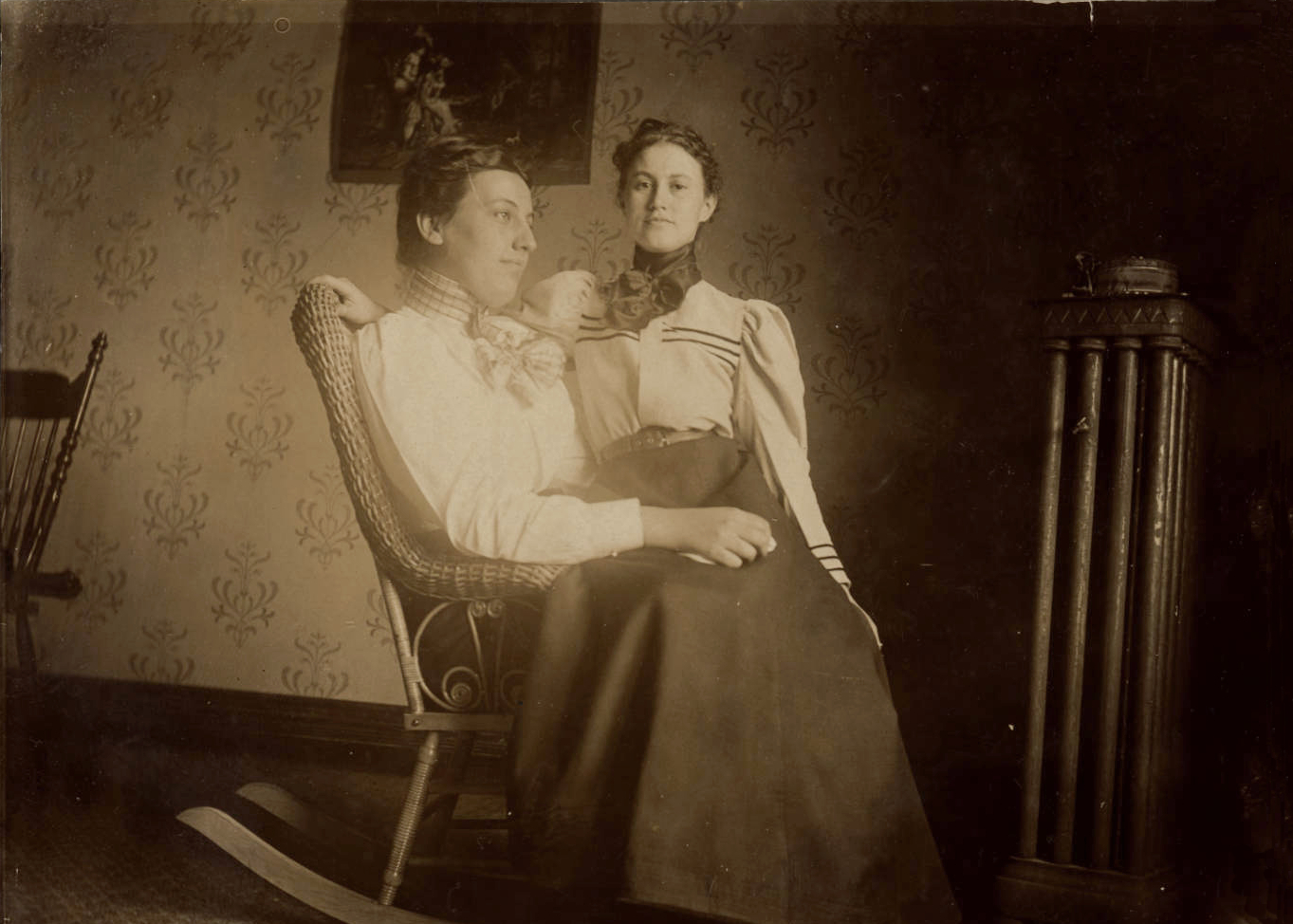The Evolution of Comfortable Chairs: From Springs to Ornate Designs
Core Concepts
The author explores the evolution of comfortable chairs from the late eighteenth century, highlighting the transition from simple designs to ornate structures with the use of springs.
Abstract
In the late eighteenth century, the concept of comfort in English evolved to include physical relaxation and reclining, leading to the popularity of French easy chairs known as "confortables." These chairs utilized springs hidden beneath inflated upholstery for added coziness. J.C. Loudon noted the innovative use of spiral springs in stuffing, which was later adopted by upholsterers for creating ornate shapes and cushioned bases previously unattainable. As furniture grew in size and grandeur towards the end of the century, it became a means of filling space rather than just functional pieces. This period marked a shift where chairs themselves embodied motion, moving beyond being classified as mere moveables.
Postures of Transport: Sex, God, and Rocking Chairs
Stats
In 1833, J.C. Loudon mentioned that spiral springs were used in stuffing chairs.
The systematic use of springs beneath inflated upholstery made chairs cozy.
Quotes
Key Insights Distilled From
by at publicdomainreview.org 02-21-2024
https://publicdomainreview.org/essay/postures-of-transport/
Deeper Inquiries
How did societal changes influence the design and functionality of furniture during this period?
During this period, societal changes played a significant role in influencing the design and functionality of furniture. The shift towards a more relaxed and reclined sense of comfort can be attributed to the increasing focus on physical contentment and relaxation. As people sought moral and spiritual comfort through Anglo-Norman influences, they also began to prioritize physical comfort in their living spaces. This led to the popularity of French easy chairs like the confortable, which utilized springs hidden beneath inflated upholstery for added coziness. The incorporation of springs into furniture stuffing was initially seen as a new invention by upholsterers, highlighting how advancements in technology and materials influenced furniture design during this time.
What potential drawbacks or criticisms could arise from prioritizing ornate designs over practicality in furniture?
Prioritizing ornate designs over practicality in furniture can lead to several potential drawbacks or criticisms. One major issue is that overly elaborate designs may sacrifice functionality for aesthetics, resulting in uncomfortable or impractical pieces of furniture. For example, chairs with excessively cushioned bases or intricate shapes may not provide adequate support for sitting comfortably. Additionally, ornate designs often come at a higher cost due to the labor-intensive craftsmanship involved, making them less accessible to those with limited financial means.
Critics may argue that focusing on appearance rather than usability detracts from the true purpose of furniture, which is to serve a functional need within a space. Overly decorative pieces can also contribute to cluttered interiors and hinder movement within a room if they are too bulky or cumbersome. Ultimately, striking a balance between form and function is essential when designing furniture to ensure that it meets both aesthetic and practical requirements.
How does the evolution of chair design reflect broader cultural shifts in society?
The evolution of chair design reflects broader cultural shifts in society by mirroring changing attitudes towards comfort, status symbols, and social interactions. In earlier periods when chairs were classified as moveables (meubles), they served primarily utilitarian purposes without much consideration for comfort or style. However, as society placed greater emphasis on leisure time and domestic comforts during the late eighteenth century onwards, there was a noticeable shift towards more comfortable seating options like easy chairs with spring-based upholstery.
The trend towards larger proportions and inflated bulkiness in chair designs symbolized an era where conspicuous consumption became more prevalent among certain social classes seeking luxury items as status symbols. Furniture became not just functional objects but statements about one's wealth and taste preferences. Additionally, the reign of upholsterers highlighted how interior decor had become increasingly important in defining personal identity and showcasing social standing.
Overall, chair design evolved alongside broader cultural shifts towards materialism, individualism, and leisure pursuits during this period – reflecting changing values within society regarding comfort levels at home as well as outward displays of affluence through decorative furnishings.
0
